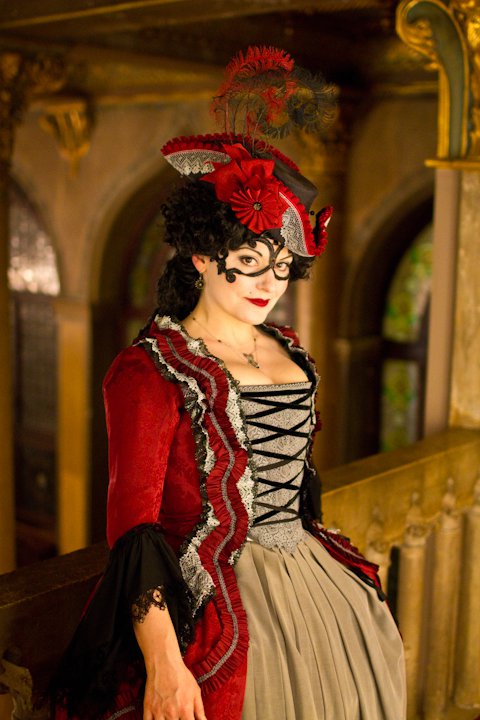
For Christmas last year, I asked for and received this marvelous 1940s felt jacket sold by Etsy seller missfarfalla. I was enamored with its unique ‘Western’ version of folk art, the hand work (applique and embroidery), not to mention that it was one of my favorite colors. I particularly love the cactus, palm tree and the tiny sequins that decorate the piece. It’s unlined and smells strongly of old wool – but it doesn’t have any holes or noticeable weak spots.

Once the jacket was added to my small, odd and sporadic collection of vintage clothing I began to wonder about it’s origins and meanings. I did some light research, but my sporadic schedule left me with more questions than I had time to answer. I found some other similar jackets being sold online and noticed that most other available jackets had polychromatic embroidery and applique, where as mine had only white figures with modest embellishments. I suspected that this meant mine might be earlier than the others.
Slowly, though, as winter vacation drew to a close my free time quickly disappeared and I put the jacket away in my closet… Until yesterday. Sunday evening, I took the jacket out to take a closer look.
A question came to into my head that I hadn’t thought to ask before: Was it machine made? In looking at the seam along the bottom (where the green connects to the white band at the bottom), I quickly saw that it was in fact sewn by machine with gold thread – but more interestingly, I found writing in the seam!
“LA CONCHA” S.A. TULANCINGO, HGO. MEXICO”
It repeated that phrase, along with what might be some kind of copyright mark, three times along that seam. Until yesterday, I had thought that the jacket contained no label at all. I’ve always thought that the insides of garments yielded far more information than the surface decoration, and I’m surprised at myself that I hadn’t given this a more through going over in the first place. Unfortunately, this ‘label’ didn’t get me very far in identifying any possible significance for the figures. Thus far – I’m guessing it was a tourist item and made for export in Mexico (given how prevalent they seem to be in vintage shops). But I can’t help wondering if it was based on some earlier form of the garment that was actually a part of Mexican culture.
That said, I did come upon a similar jacket in Worn Journal, indicating its significance in popular culture :

Other examples:














